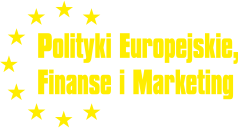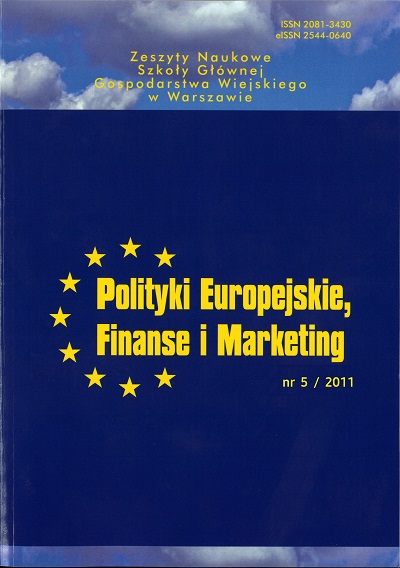Main Article Content
The contribution describes the venture capital as an innovative instrument used in the Slovak republic. Basic characteristic of venture capital presents its advantages and disadvantages, as well as describes the existing venture capital funds in the Slovak republic and the venture capital programmes are given in the first part. Hereby, the contribution describes monitoring of development of venture capital investments in the Slovak republic in the competence of the National Agency for Development Small and Medium Enterprises. Finally, the paper presents possibilities as we can improve availability of the venture capital in our conditions
Article Details
BALÁŽ, V.: Trendy vo financovaní inovácií v Európskej únii, In: Ekonomický časopis, 2000, č. 5, s. 559 - 582. Bratislava: SAV, ISSN 0013-3035
DAGOGO. D. W., OLLOR. W. G. The effect of venture capital financing on the economic value added profile of Nigerian SMEs. African Journal of Accounting, Economics, Finance and Banking Research Vol. 5. No. 5. 2009. p. 41. Available online < http://www.globip.com/pdf_pages/african-vol5-article2.pdf>
ON PRIVATE EQUITY: http://www.3on.sk/fondy.html [cited 2011-02-16]
FOND FONDOV: FONDY RIZIKOVÉHO KAPITÁLU: http://www.fondfondov.sk/ [cited 2011-03-07]
GENESIS CAPITAL: http://www.genesis.cz/ [cited 2011-03-08]
NATIONAL AGENCY FOR DEVELOPMENT OF SMALL AND MEDIUM ENTERPRISES: http://www.nadsme.sk/content/rizikovy-kapital [cited 2011-02-16]
SLOVAK AMERICAN ENTERPRISE FUND: http://www.saef.sk/?id=8 [cited 2011-03-07]
SPIŠÁKOVÁ, E.: Rizikový kapitál - inovatívny finančný nástroj, Financial markets, journal for theory and practice of financial markets, 2010, Available online, [cited 2011-03-08]
VERCORP, MEMBER OF THE SLOVAK VENTURE CAPITAL AND PRIVATE EQUITY ASSOCIATION: http://www.vencorp.sk/o-spolocnosti/o-spolocnosti-vencorp/ [cited 2011-03-08]
Downloads

This work is licensed under a Creative Commons Attribution-NonCommercial 4.0 International License.
All articles published in European Policies, Finance and Marketing are fully open access. In this way, the scientific research results contained in articles published in our journal are available to every reader free of charge - in accordance with the CC BY-NC license (https://creativecommons.org/licenses/by-nc/4.0/).
According to the CC BY-NC license you are free to:
- Share — copy and redistribute the material in any medium or format
- Adapt — remix, transform, and build upon the material
The licensor cannot revoke these freedoms as long as you follow the license terms.
Under the following terms:
- Attribution — You must give appropriate credit , provide a link to the license, and indicate if changes were made . You may do so in any reasonable manner, but not in any way that suggests the licensor endorses you or your use.
- NonCommercial — You may not use the material for commercial purposes .
- No additional restrictions — You may not apply legal terms or technological measures that legally restrict others from doing anything the license permits.
Source: https://creativecommons.org/licenses/by-nc/4.0/deed.en
According to that, the authors retain the copyright and full publishing rights.





